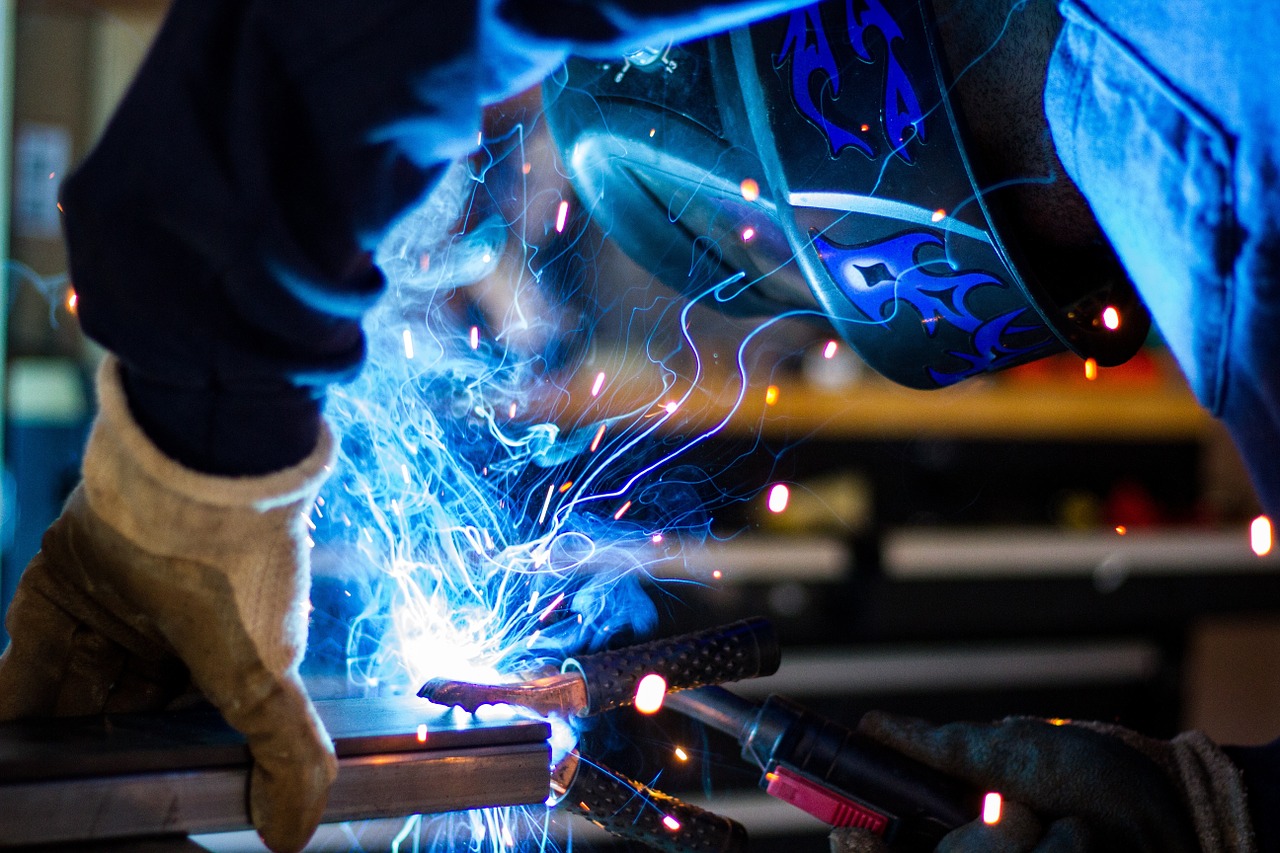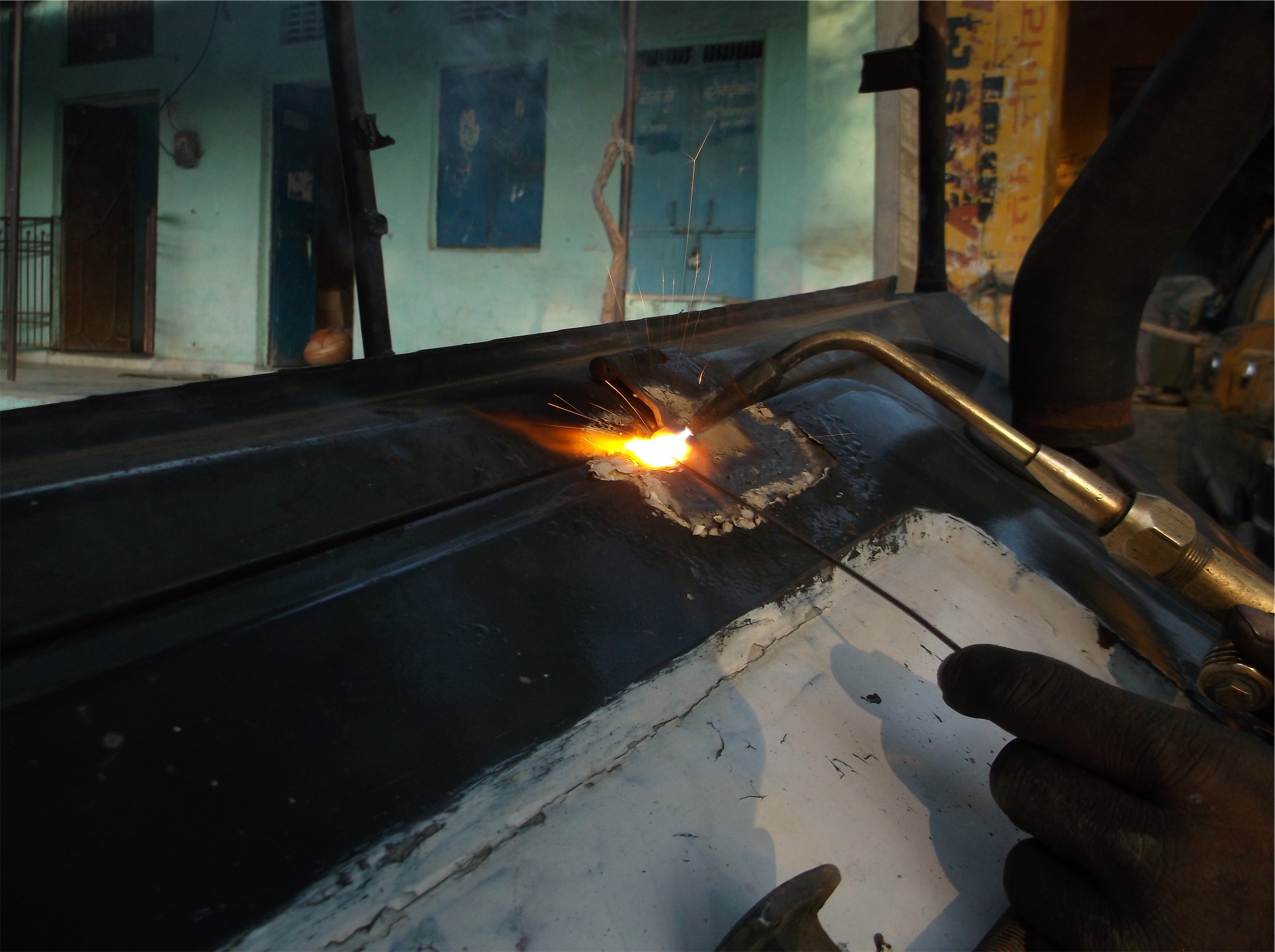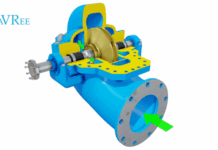The process of welding is something that most of us never think about, even though it has a large impact on our lives. Without welding, many of the things we use on a daily basis would not be possible. The process of welding is a fascinating one, and one that more people should be aware of. To help give you a better appreciation for how welding works, and how much we have come to rely on it, here are 4 things that you should know about welding.
What Is Welding?
For starters, let’s define what welding is. Dictionary.com defines welding as “ to unite or fuse (as pieces of metal) by hammering, compressing, or the like, especially after rendering soft or pasty by heat, and sometimes with the addition of fusible material like or unlike the pieces to be united.” What this essentially means is that the process of welding will combine two pieces of material – usually metal – into one.
Unlike soldering or brazing, which use a third substance to join the two pieces of metal, welding works by breaking down the original two pieces and combining them into one – cutting out the middle man. This makes the connection much stronger, as the two pieces of metal are now essentially one.
Different Kinds of Welding
There is not just one way to go about welding, and new methods of welding are invented all the time. When it comes to welding metal, some methods rely on intense heat, others utilize pressure, and some others use both. The type of welding that you use depends largely on the materials that you will be using and what you are making, but for home use, a cheap arc welding machine or even better a MIG welder will cover most of the welding work you will do there.
Metal is not the only material that can be welded together, however. For example, RF welding is the process of welding together two pieces of flexible materials – such as vinyl or thermoplastic. Amcraft RF Welding defines it as “welding similar or dissimilar flexible materials together to form a nearly impenetrable bond.” While not the most common application of welding, it is nonetheless essential in many products.
Why Do We Need Welding?
Many of the things we use each day were constructed by welding two pieces of metal together. Skyscrapers, cars, bridges, and much more were all assembled through the process of welding. Without this process we would not be able to build many of the things that we use daily, and the world around us would be drastically different.
How the Welding Process Works
Lastly, how exactly does welding combine two pieces of materials? There are two main methods of welding metal pieces together – arc welding and torch welding. Arc welding involves using an electrical arc to melt the main materials while a filler agent is used to join the pieces.
With torch welding, a oxyacetylene torch is used to melt the working material and the welding rod. Torch welding has become a little less common recently, but is still used for maintenance repairs, or in things like sculptures.
Keep Welding in Mind
While you may never need to know how to weld anything yourself, it is still good to know a little bit about it. Welding plays an important part in your life, whether you were aware of it or not, meaning a little basic knowledge about the practice isn’t a bad thing. Hopefully this quick guide was able to give you a little bit of insight, and the next time you drive your car or walk into a tall building, you will be able to appreciate a little bit more the processes that went into building it.
Find a Home-Based Business to Start-Up >>> Hundreds of Business Listings.


















































